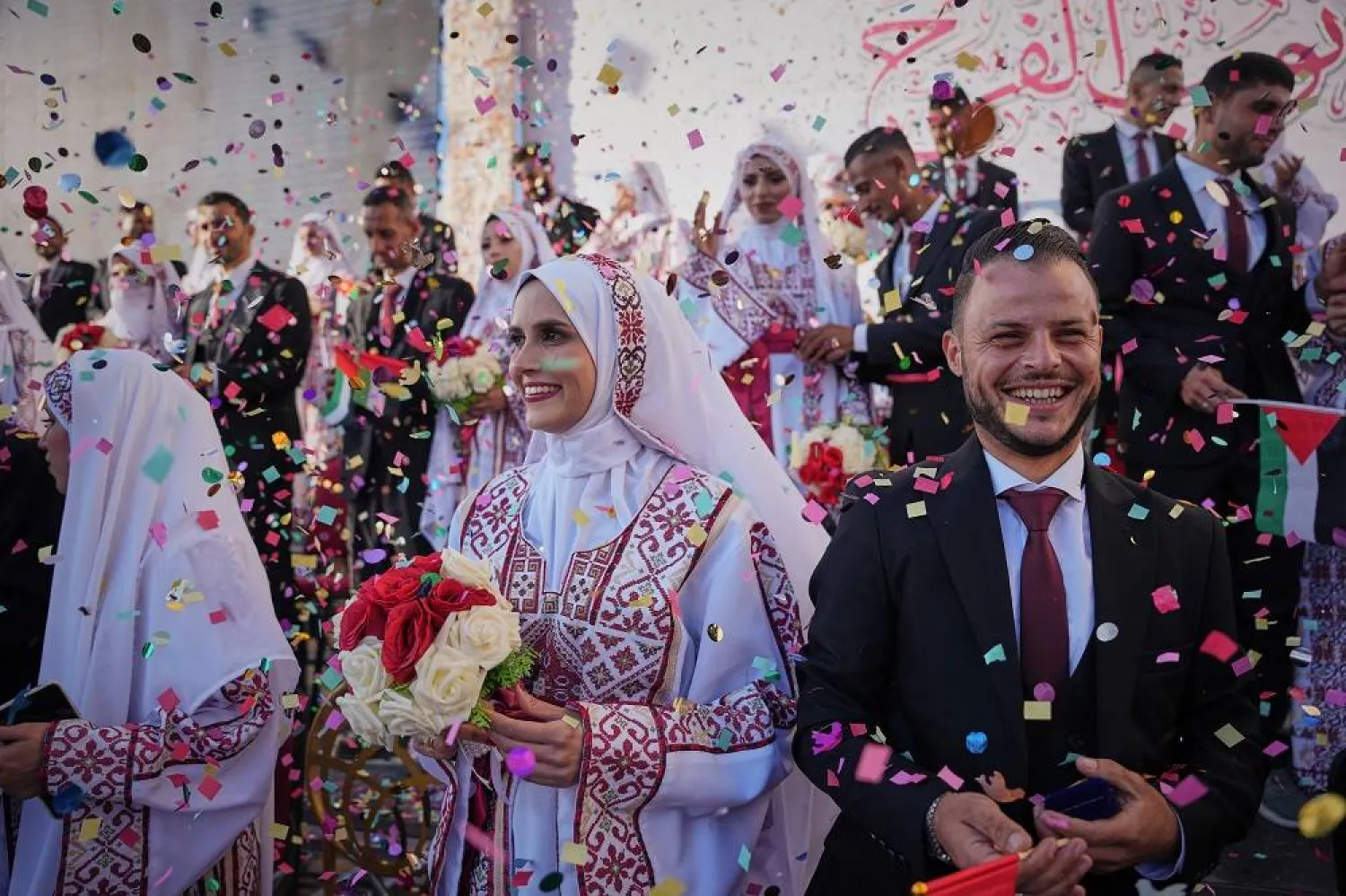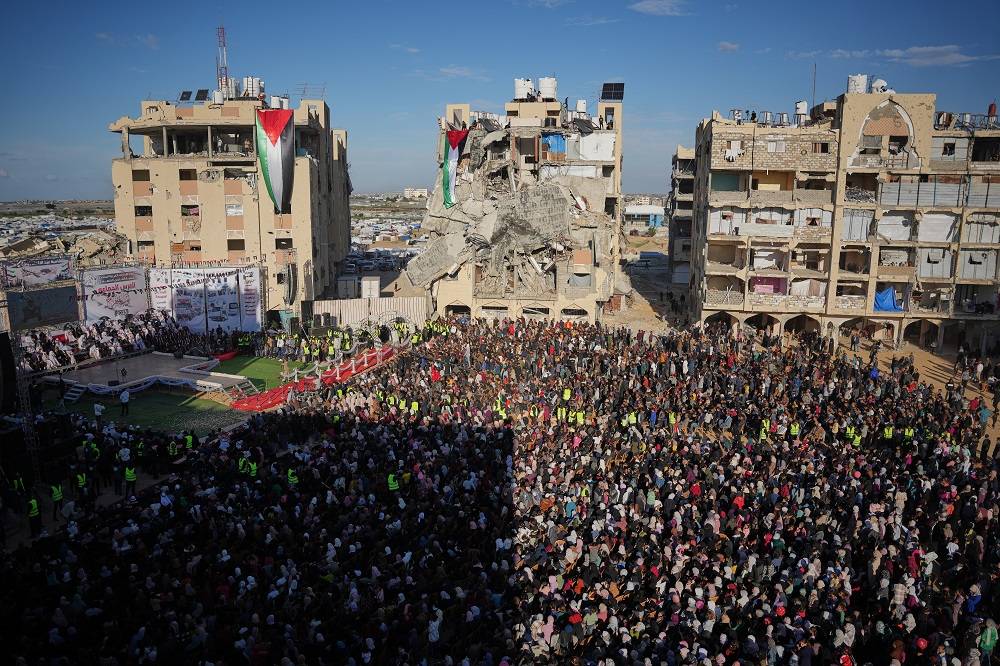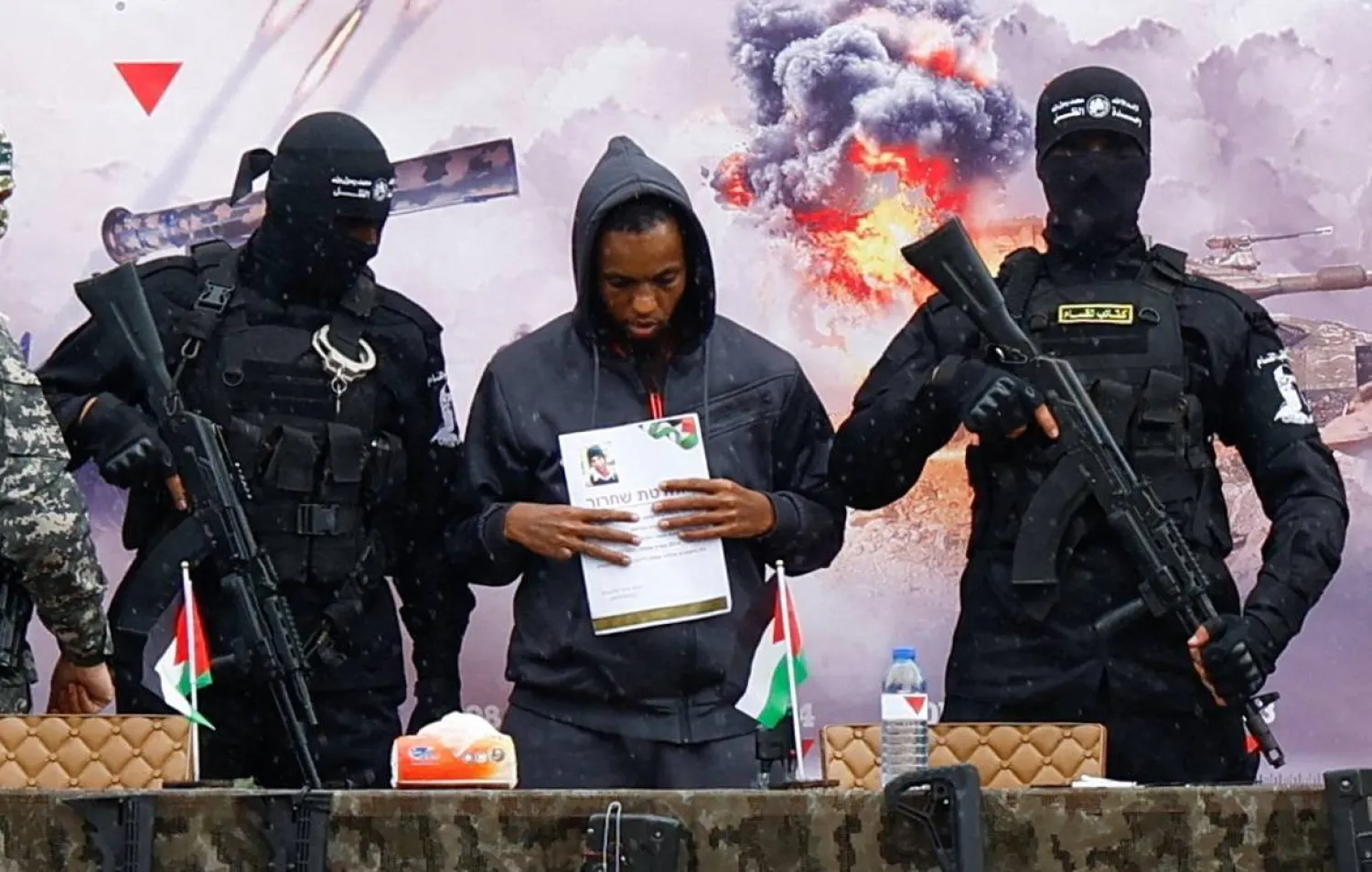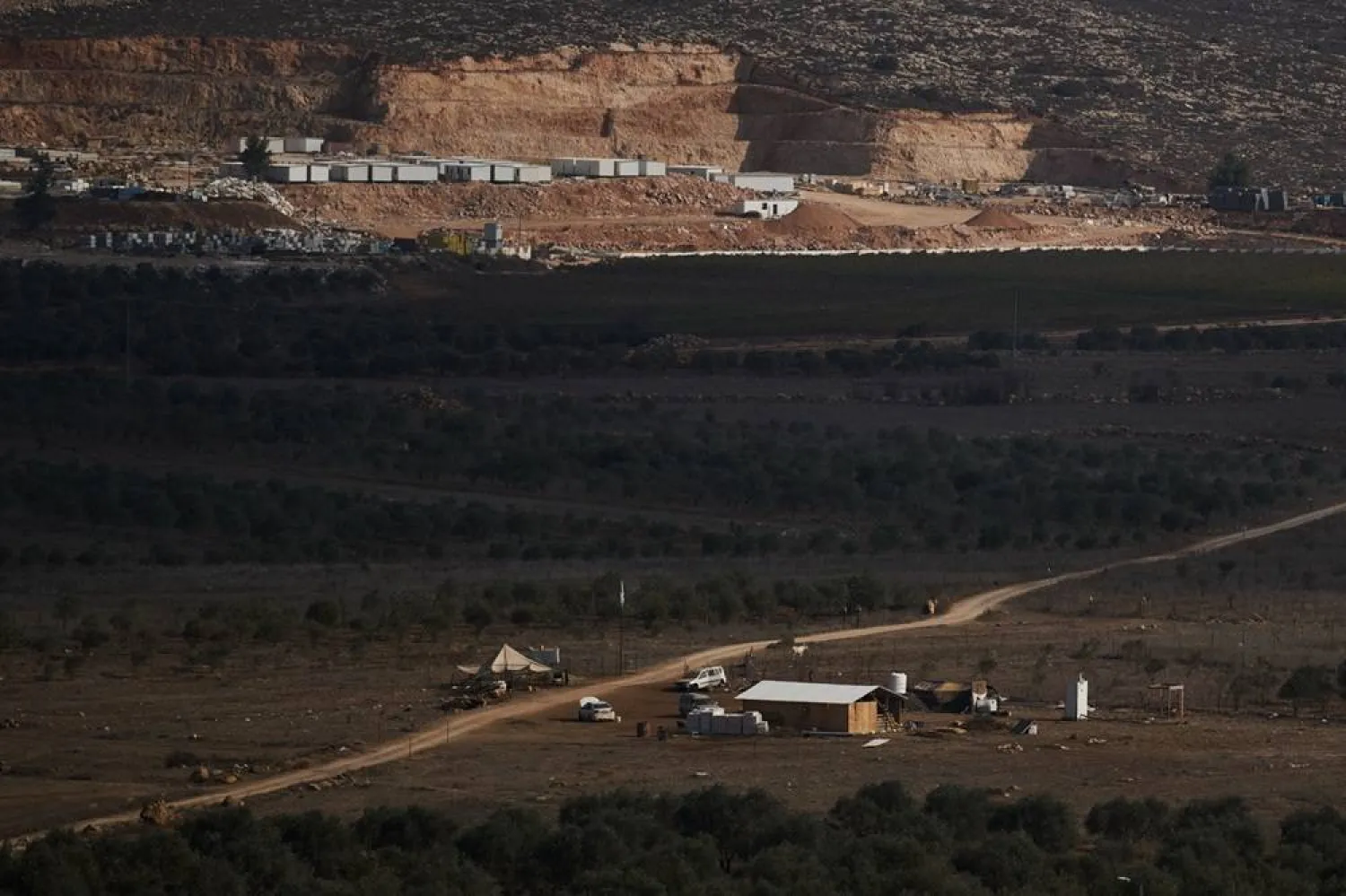The earthquake that struck Syria and Türkiye two weeks ago, that left tens of thousands of people dead and left devastation in its wake, has raised several questions and critical challenges in Arab and western circles over how to respond to the catastrophe. This includes the possibility of distinguishing between Syria and the its ruling regime. It has also pushed forward efforts to normalize relations between Damascus with the Arab world and West.
The first global reaction to the humanitarian disaster was sympathy with the Syrian and Turkish people. It was nearly impossible for any country to express sympathy with Ankara without sympathizing with Damascus as well. This is a humanitarian, not a political disaster. The earthquake is not a civil war.
The main predicament was that the international recognition of the Turkish government does not extend to the same extent to the Damascus government. Yes, the latter does still represent Syria and Syrian “government” is increasingly replacing “regime” in foreign political rhetoric.
This government, however, remains suspended from the Arab League and continues to be boycotted by influential Arab and western countries. It is also still weighed down by a lengthy list of economic sanctions, accusations and damning reports against state institutions and figures over their handling of the crisis since the eruption of the protests in 2011.
The regions that were most affected by the earthquake lie outside of government control. The quake did also strike some government regions in Aleppo, Hama and Latakia.
Devastated and forgotten Syria
Syria has been abandoned and forgotten since the eruption of the war in Ukraine nearly a year ago. It has dropped from international and regional priorities. The earthquake, however, has again turned attention to the country.
A series of political contacts have been held between concerned Arab and non-Arab countries. Syrian President Bashar al-Assad has also received a series of telephone calls that would have been unheard of in recent years. He was contacted by Egyptian President Abdul Fattah al-Sisi and was visited in Damascus by Jordanian Foreign Minister Ayman al-Safadi. It was the first visit by a Jordanian FM to Syria in years.
On the diplomatic levels, western countries demanded the adoption of a new United Nations resolution that would reopen land borders between Türkiye and opposition-held Syrian regions. Moscow had initially mulled an exchange that would include its approval of the proposal in return for increasing western funding of “early recovery” projects in Syria.
Arab and international contacts with Damascus, however, yielded a deal: another indirect exchange. Assad continues to underline “Syria’s sovereignty over all its territories” in return for his agreement to reopen two more border crossings between Türkiye and northern Syria for three months. He agreed to the delivery of aid from government-held regions to opposition-held Idlib.
Washington also agreed to suspending some sanctions related to bank transfers for six months so as to facilitate humanitarian aid.
Further official contacts and visits between Arab officials and Assad culminated in more leniency: more aid and planes loaded with relief were allowed in Syria without extensive searches. Official field visits were carried out to quake-stricken regions. Official statements were delivered from those regions. The remarks were written on a prepared document and delivered before the cameras. They spoke of condoling the Syrians. They spoke of dialogue and expressed gratitude to “Arab brothers and friends.”
Absent from the remarks were Idlib, Hama, Aleppo and Latakia that were struck by the quake. Omitted were also mentions of “allies”, meaning Iran and Russia, and “occupation”, meaning the United States and Türkiye.
Normalization
The earthquake had mobilized normalization efforts. Arab countries that have normalized ties or were seeking to have used the disaster to intensify efforts through a series of telephone calls and visits. Assad will visit Oman and then the United Arab Emirates in the coming hours.
Some Arab countries have maintained their position towards Damascus that offers humanitarian aid to the victims and ensuring that conditions for the Syrian refugees’ return home are provided. At the same time, they continue to remind the world of Tehran’s ongoing alliance with Damascus, noting Iranian Quds Force commander Esmail Qaani’s visit to Aleppo in wake of the earthquake. He was the first official on the scene, beating the Syrians.
In Europe, the quake has exposed divisions over how to approach Damascus. Countries, such as Italy, Greece, Cyprus and Austria, that used to call for accepting the “status quo” in recent years, now believe that they are in a stronger position to press this demand.
They are now demanding that Europe reconsider its “three nos” in Syria: opposition to normalization, reconstruction and lifting of sanctions before progress is made in the political process.
Other European countries and the US have held coordination meetings in recent days to counter this argument: yes, the earthquake resulted in a humanitarian disaster that demands a response in Syria and Türkiye, but this does not mean abandoning the “three nos” and the political process.
The European division was evident in the position on a conference on Syria and Türkiye’s reconstruction that was called for by the European Union to be held late next month. Countries that have normalized ties with Damascus have called for the Syrian government to be invited and for political agendas to be dropped. They have also demanded calling off a donor conference that is set for Brussels in June. These countries have also said they were prepared to carry out direct unilateral moves with Damascus away from European consensus.
Several factors will determine how Arab and western forces approach Damascus in the coming months. This in turn will determine balances of power and alliances in Syria. One critical factor is how relief aid and funds will be delivered to the devastated region and just how committed various parties are to pledges made behind closed doors. These issues will gain significance in the coming weeks as the extent of the tragedy caused by the earthquake becomes clearer.










